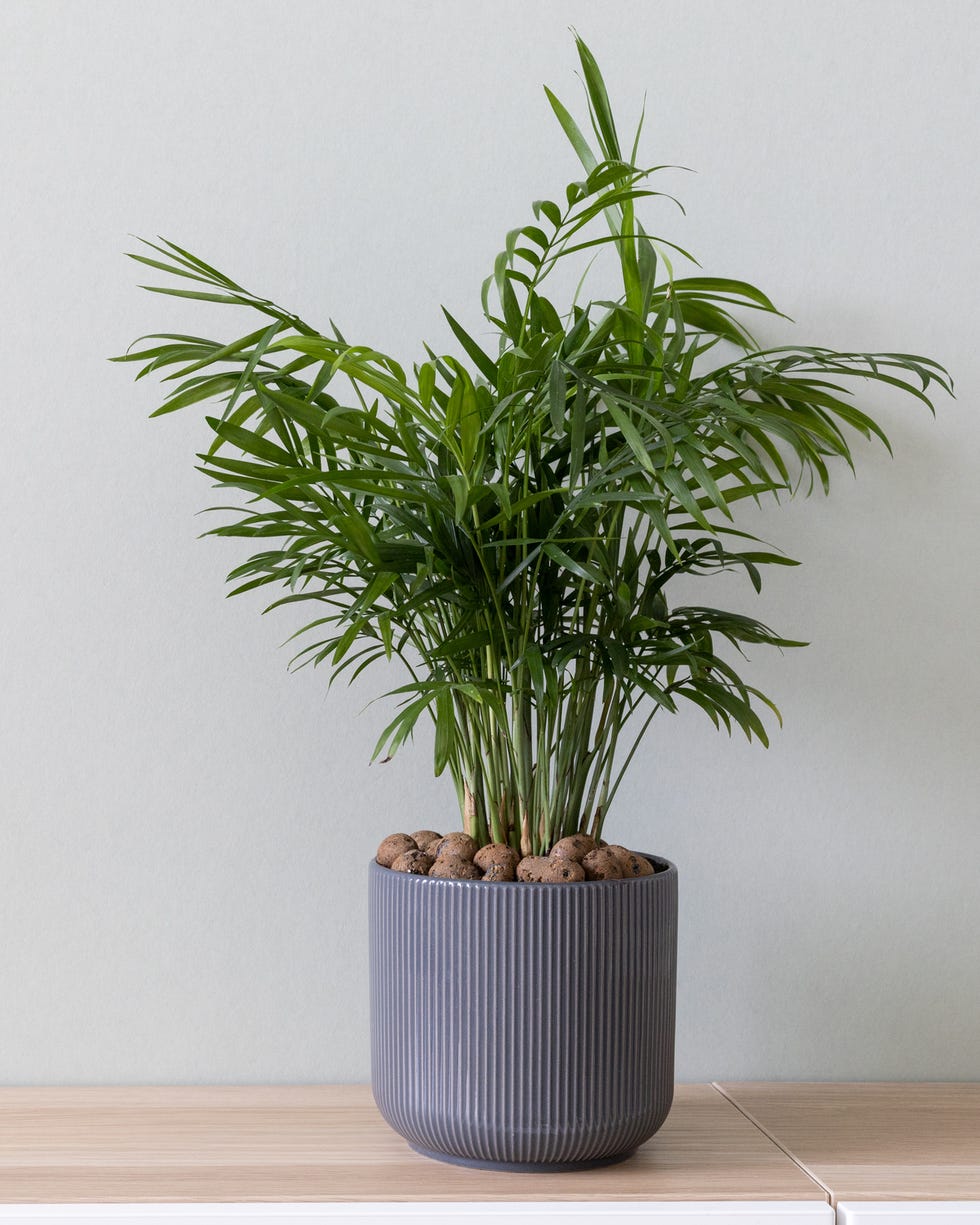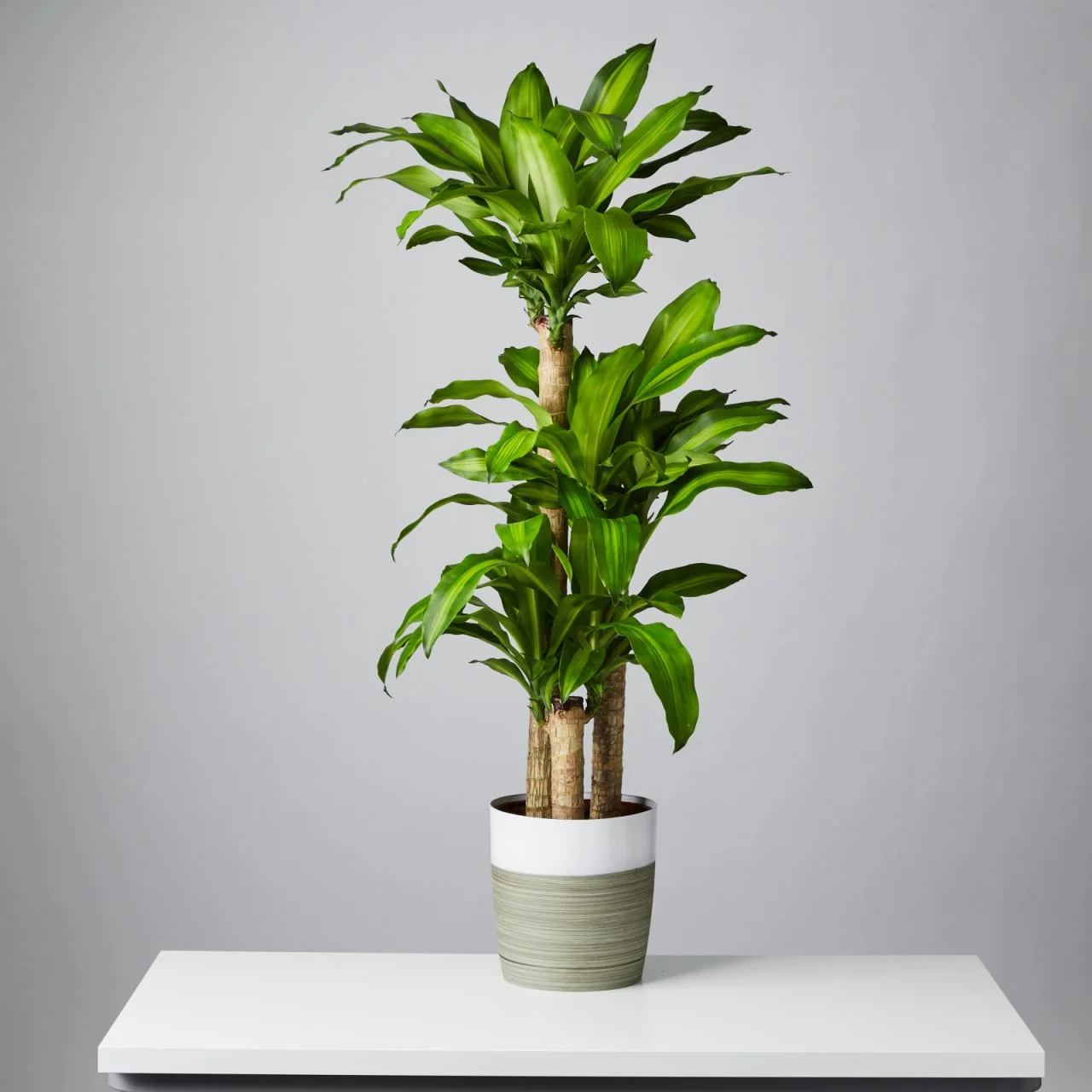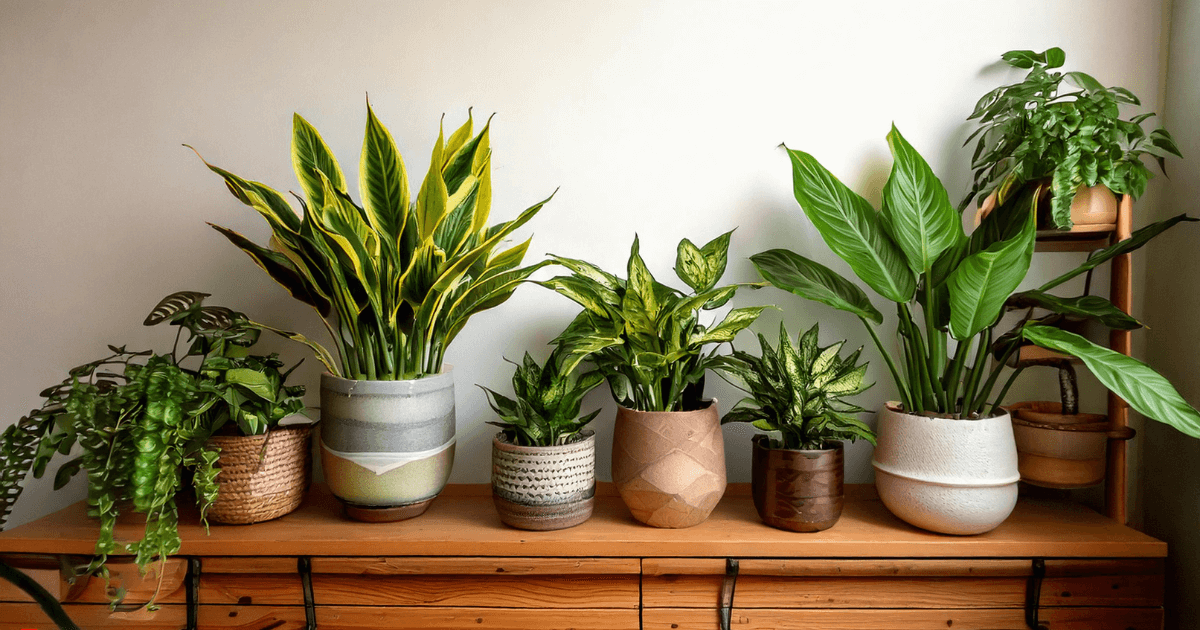Low Maintenance and Beautiful: Best Low-Light Indoor Plants for Your Home
Low Maintenance and Beautiful: Best Low-Light Indoor Plants for Your Home
Blog Article
Discover the Secrets of Low-Light Indoor Plants and How They Improve Your Environment
Low-light indoor plants have actually garnered enhancing focus for their unique capability to improve both aesthetic appeal and environmental quality within homes and workplaces. These resistant types, including the Serpent Plant and Tranquility Lily, not only flourish in tough lights problems however additionally play an essential function in air filtration and psychological health.
Benefits of Low-Light Indoor Plants
Although lots of individuals presume that interior plants require plentiful sunlight to grow, low-light indoor plants provide a wide range of advantages that make them optimal for various environments. One of the key advantages is their versatility; they can prosper precede with minimal natural light, such as offices, basements, or areas with little windows. This function allows people to enhance their surroundings with greenery, adding to enhanced aesthetics without the need for considerable illumination adjustments.
Moreover, low-light interior plants can considerably enhance interior air top quality by releasing and filtering system damaging toxins oxygen, making living areas healthier. The existence of plants has been linked to better sensations of harmony and emphasis.
In addition, low-light plants typically need less upkeep than their sun-loving counterparts, making them optimal for active people or those new to horticulture. Their durability allows them to thrive with marginal treatment, hence offering a fulfilling experience for plant lovers and novices alike. In recap, low-light indoor plants serve both visual and useful objectives, making them beneficial additions to any type of area.
Leading Low-Light Plant Varieties
Low-light interior plants been available in a selection of varieties, each offering unique qualities and benefits fit for dark settings. Amongst one of the most preferred ranges is the Snake Plant (Sansevieria), recognized for its building leaves and air-purifying abilities. This durable plant prospers on forget and can endure a wide variety of light problems.
An additional outstanding option is the ZZ Plant (Zamioculcas zamiifolia), which includes glossy, dark eco-friendly fallen leaves and is extremely drought-tolerant. Its versatility makes it a preferred for offices and homes with restricted sunlight.
The Pothos (Epipremnum aureum) is additionally a top contender, with its tracking creeping plants and heart-shaped fallen leaves - Best low-light indoor plants. This flexible plant can be trained to climb up or waterfall, including aesthetic rate of interest to any area

Treatment Tips for Low-Light Plants
Taking care of low-light interior plants requires a nuanced understanding of their certain requirements to guarantee optimum growth and vitality. First, it is crucial to select the ideal potting mix, as a well-draining dirt is important to avoid origin rot. A blend created for houseplants, typically containing peat moss and perlite, works well for most low-light selections.
Watering is one more crucial element of care. Low-light plants generally require much less frequent watering compared to their sun-loving equivalents. It is suggested to inspect the top inch of soil; if it feels dry, it's time to water. Overwatering go to these guys can bring about issues such as mold and mildew and root decay.
Fertilizing needs to be approached with caution. During the expanding season, a watered down fluid plant food can be used monthly, but in winter season, lots of low-light plants get in inactivity and require little to no fertilization.
Lastly, it is very important to occasionally cleanse the fallen leaves to remove dust, permitting much better light absorption. By adhering to these treatment suggestions, you can grow a growing environment for your low-light interior plants, boosting both their appearance and longevity.
Enhancing Air Quality With Plants
Interior plants play a substantial function in enhancing air high quality within homes and office rooms. With the process of photosynthesis, these plants soak up co2 and release oxygen, adding to a much healthier ambience. Furthermore, specific low-light interior plants have the capacity to filter dangerous toxins, such as benzene, trichloroethylene, and formaldehyde, which are generally discovered in indoor environments.

Moreover, the presence of interior plants can raise moisture degrees, which assists minimize dry skin and breathing problems, even more improving total health. This capacity to improve air high quality not only promotes physical wellness yet likewise sustains mental health.
Including low-light indoor plants into your living and Recommended Site working spaces can lead to a more vibrant and stimulating environment (Best low-light indoor plants). Spending in these all-natural air purifiers is a straightforward yet effective technique for boosting interior air top quality and fostering a healthier lifestyle
Producing a Peaceful Indoor Room
The integration of plants into living areas not only improves air quality yet likewise adds to a relaxing atmosphere. Low-light indoor plants, such as serpent plants and pothos, are specifically efficient in creating a serene environment, as they flourish in conditions that may or else be inhospitable for other greenery. Their lavish foliage offers a soothing visual, minimizing stress and advertising relaxation.
Including these plants right into your office or home can evoke a feeling of peace and health. Tactically putting them in locations where you spend substantial time, such as living work spaces or spaces, enables for an immersive experience with nature, which has actually been revealed to boost mood and cognitive feature.
Furthermore, the gentle activity of leaves in feedback to airflow can develop a dynamic aesthetic aspect that boosts the general atmosphere. Think about using a range of plant heights and appearances to include deepness and passion to your area. With thoughtful positioning and treatment, low-light interior plants can transform any kind of area right into a peaceful shelter, promoting not just aesthetic fulfillment however mental and additionally psychological health.

Verdict
Including low-light interior plants into numerous environments yields substantial advantages, consisting of boosted air top quality and improved aesthetic allure. These hardy types not only prosper in very little light but likewise add to a soothing environment, advertising emotional and emotional wellness. By picking appropriate ranges and executing appropriate treatment techniques, people can efficiently cultivate a serene interior room that cultivates wellness and productivity. The transformative power of low-light plants highlights their worth in enhancing both domestic and job-related settings.
Although numerous people assume pop over to this site that indoor plants require plentiful sunshine to prosper, low-light interior plants use a plethora of benefits that make them perfect for numerous atmospheres.Furthermore, low-light interior plants can substantially boost indoor air quality by filtering system dangerous toxins and launching oxygen, making living spaces healthier. Furthermore, certain low-light interior plants have the capacity to filter dangerous contaminants, such as formaldehyde, benzene, and trichloroethylene, which are frequently found in indoor settings.
Low-light interior plants, such as snake plants and pothos, are especially reliable in producing a calm atmosphere, as they flourish in problems that might or else be inhospitable for various other greenery.Integrating low-light indoor plants into various environments yields substantial advantages, including boosted air quality and enhanced aesthetic allure.
Report this page